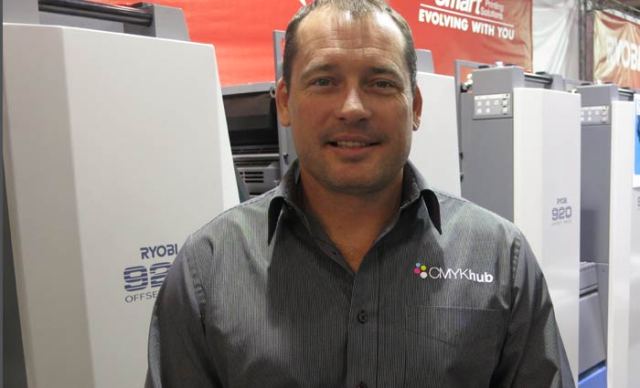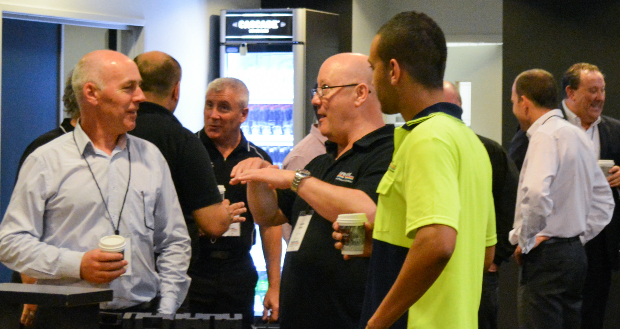
Printers are increasingly choosing to buy used equipment or outsource to trade printers over buying new presses, as an uncertain market, tightening profit margins and tougher bankers make funds harder to get.
A ProPrint poll of 99 print professionals found that when deciding how to increase their capacity, 34 per cent would buy a used press, and 26 per cent would use a trade printer, compared to 25 per cent saying they would buy a new press. Another 14 per cent would share resources with another printer.
Trade outfit Whirlwind Print’s managing director Andrew Cester says many printers are getting out of small offset altogether and outsourcing to efficient trade printers.
“Printers can make more money with less risk, lower staff costs and less downtime. Having a low overhead model makes sense for a lot of businesses,” he says.
[Related: More trade printing news]
Hero Print general manager Alex Coulson says he is not surprised by the move away from new presses and that using a trade printer allows owners to focus more on their business instead of production issues.
“You have to find the right trade partner that will always fix problems as soon as they come up – the responsibility for quality lies with us,” he says.
Trade printers such as Hero, Whirlwind, CMYKhub, LEP, SunCopy, CTI, Hornet and Graphix Solutions are all experiencing significant growth.
The move to used presses is similarly driven by the current climate. Kingtech Australia owner Clyde King says: “If you buy a late-model second-hand press it is the same as buying a two year old truck – you can get the same production for twice the price.”
“You really only need about 90 per cent of the features the new presses hitting the market have, the production and quality will be basically the same,” he says.
White Horse Machinery sales manager Ama Kaur says the industry’s downturn means a lot of relatively new high-quality presses are hitting the market from liquidated firms, so printers can get good equipment for a fraction of the price.
“Many companies had to either close down or downsize, and as a result, equipment which in some respects may only be two to four years old, is regularly available for sale,” she says.
Comment below to have your say on this story.
If you have a news story or tip-off, get in touch at editorial@sprinter.com.au.
Sign up to the Sprinter newsletter


